A business leader in Can Tho City proposed that banks and financial institutions lend businesses a total of 4 billion USD to implement the project of 1 million hectares of high-quality, low-emission rice associated with green growth in the Mekong Delta. If this is implemented, the rice chain will earn 10 billion USD/year.
Today, November 18, in Can Tho City, the People's Representative Newspaper organized a workshop on "Promoting credit for key agricultural products, bringing the Mekong Delta to rapid and sustainable development". Here, Mr. Pham Thai Binh - Chairman of the Board of Directors of Trung An High-Tech Agriculture Joint Stock Company (Trung An Company) said that from 2011 to 2017, many enterprises, cooperatives, and farmers participated in implementing the large-scale field model in all provinces and cities in the Mekong Delta.
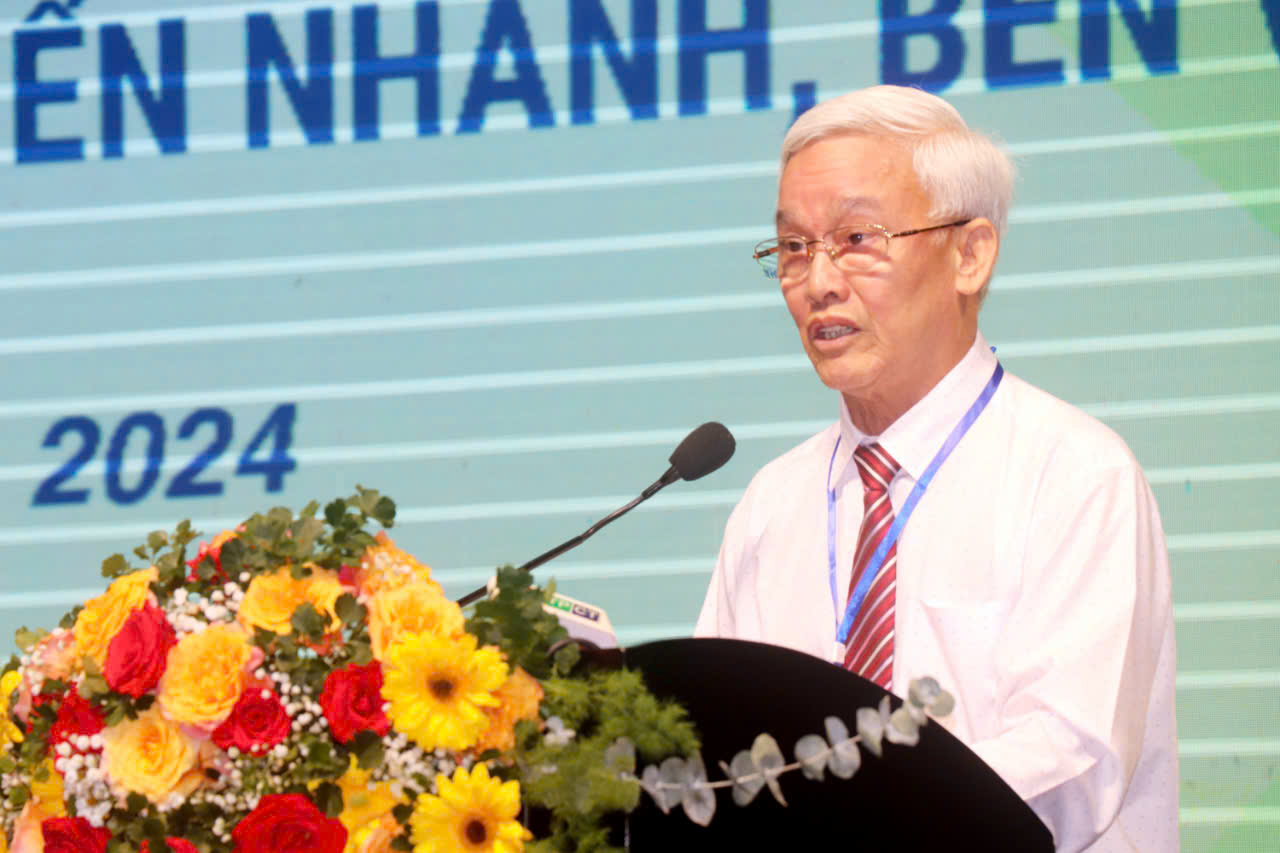
Mr. Pham Thai Binh - Chairman of the Board of Directors of Trung An High-Tech Agriculture Joint Stock Company proposed that banks and financial institutions lend businesses a total of 4 billion USD to implement the Project of 1 million hectares of high-quality, low-emission rice associated with green growth in the Mekong Delta. Photo: HX
However, due to lack of access to loans to meet payments for stages in the chain, the linked fields gradually "shrink".
Mr. Binh cited that by the end of 2022, the rice industry in the Mekong Delta will have only two enterprises maintaining fairly complete large-scale fields, namely Trung An Company in Can Tho and Loc Troi Group in An Giang.
Mr. Binh commented that the Ministry of Agriculture and Rural Development, together with local authorities, cooperatives and rice enterprises in the Mekong Delta region, have recognized the above basic bottleneck. Therefore, the project "1 million hectares of high-quality, low-emission rice associated with green growth in the Mekong Delta region" (1 million hectares of high-quality rice project) has been consolidated and developed. Although the project sets out many goals, the most basic is still for the Vietnamese rice industry to develop sustainably, reduce emissions and adapt to climate change.
The above project has been approved by the Prime Minister and has been quickly and enthusiastically implemented by the Ministry of Agriculture and Rural Development, banks, local authorities in the Mekong Delta region, businesses, cooperatives and farmers.
"In order for the 1 million hectare high-quality rice project to not repeat the above-mentioned large-scale field, credit capital for businesses, cooperatives and farmers to borrow must be from banks and domestic and foreign credit institutions, in order to fully meet investment and payment needs for all stages in the rice chain," said Mr. Binh.
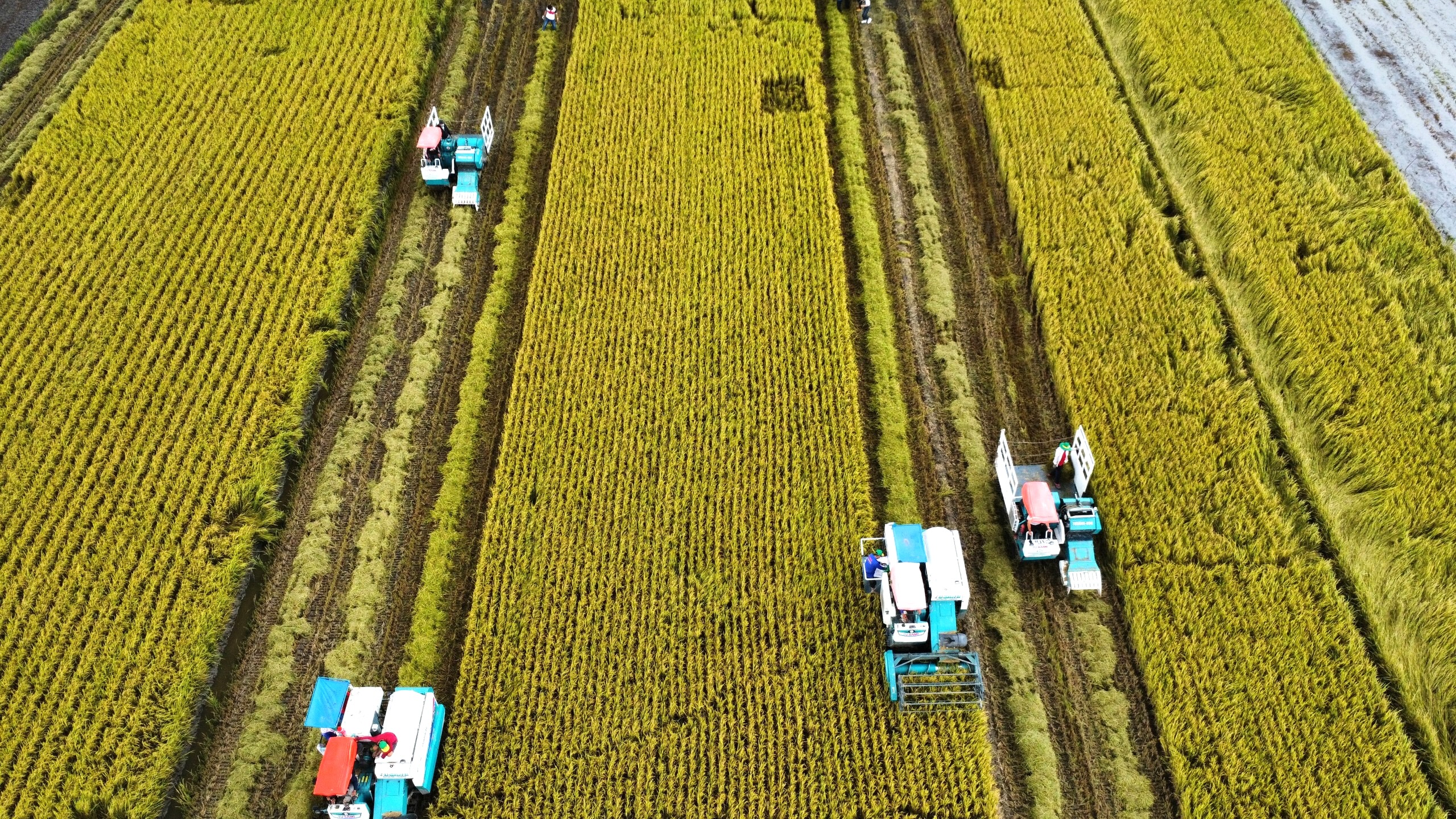
Pilot model of the Project of 1 million hectares of high-quality, low-emission rice associated with green growth in the Mekong Delta. Photo: HX
Mr. Binh said that the capital source sufficient for enterprises to participate in the implementation of the 1 million hectares of high-quality rice project is long-term loans (7-10 years) to build and install rice dryers, install rice silos, build and install (or supplement) synchronous mechanization items to provide agricultural services for the linked areas, milling, processing, deep processing, packaging products in the rice and rice chain. In addition, there is also short-term loans to pay for fresh rice to farmers when harvesting.
When businesses cannot borrow long-term capital but can still operate, they have to transfer short-term capital. This is the main reason why most businesses in the rice industry do not participate in the production chain linked to consumption.
For short-term capital, banks have also lent to businesses to carry out rice trading and export contracts for many years, but in the form of loans for the tip, not as full as the rice chain requires.
"This is also the reason why Vietnamese rice ranks first or second in the world but its value is always low, production and consumption are always unstable, businesses compete with each other to "squeeze" and lower rice prices to sell to get money to pay off bank debts when due,..." - Mr. Binh explained.
Faced with the above situation, Mr. Binh proposed that banks and financial institutions lend rice industry enterprises 2 billion USD in long-term capital (7-10 years) and 2 billion USD in short-term capital (under 12 months).
With a total loan amount of 4 billion USD (a very modest amount compared to the community's idle money deposited in banks of about 500 billion USD) to implement the project of 1 million hectares of high-quality rice, according to his calculation, each year the rice chain will earn 10 billion USD, not including the money earned from selling carbon credits.
With the current situation of extreme climate change, rice shortages will become increasingly serious globally. Vietnam's rice industry (with more favorable natural conditions than other countries) needs to invest in sustainable development loans.
"If the Vietnamese rice industry continues to produce and trade as it is now, Vietnam will lose about 5 billion USD each year," said the Chairman of the Board of Directors of Trung An Company.
Source: https://danviet.vn/de-an-1-trieu-ha-lua-chat-luong-cao-de-xuat-cho-doanh-nghiep-vay-4-ty-usd-de-thu-ve-10-ty-usd-nam-2024111813340571.htm


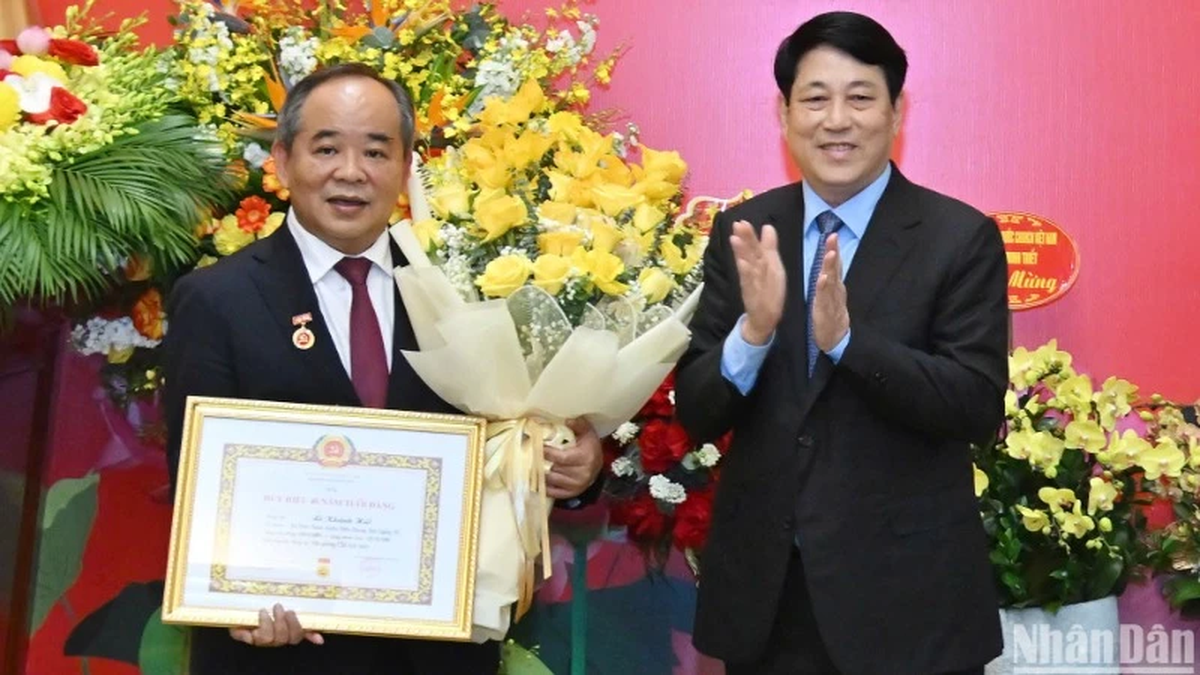
![[Photo] General Secretary To Lam attends the conference to review 10 years of implementing Directive No. 05 of the Politburo and evaluate the results of implementing Regulation No. 09 of the Central Public Security Party Committee.](https://vphoto.vietnam.vn/thumb/1200x675/vietnam/resource/IMAGE/2025/5/19/2f44458c655a4403acd7929dbbfa5039)
![[Photo] Close-up of Tang Long Bridge, Thu Duc City after repairing rutting](https://vphoto.vietnam.vn/thumb/1200x675/vietnam/resource/IMAGE/2025/5/19/086736d9d11f43198f5bd8d78df9bd41)
![[Photo] Panorama of the Opening Ceremony of the 43rd Nhan Dan Newspaper National Table Tennis Championship](https://vphoto.vietnam.vn/thumb/1200x675/vietnam/resource/IMAGE/2025/5/19/5e22950340b941309280448198bcf1d9)
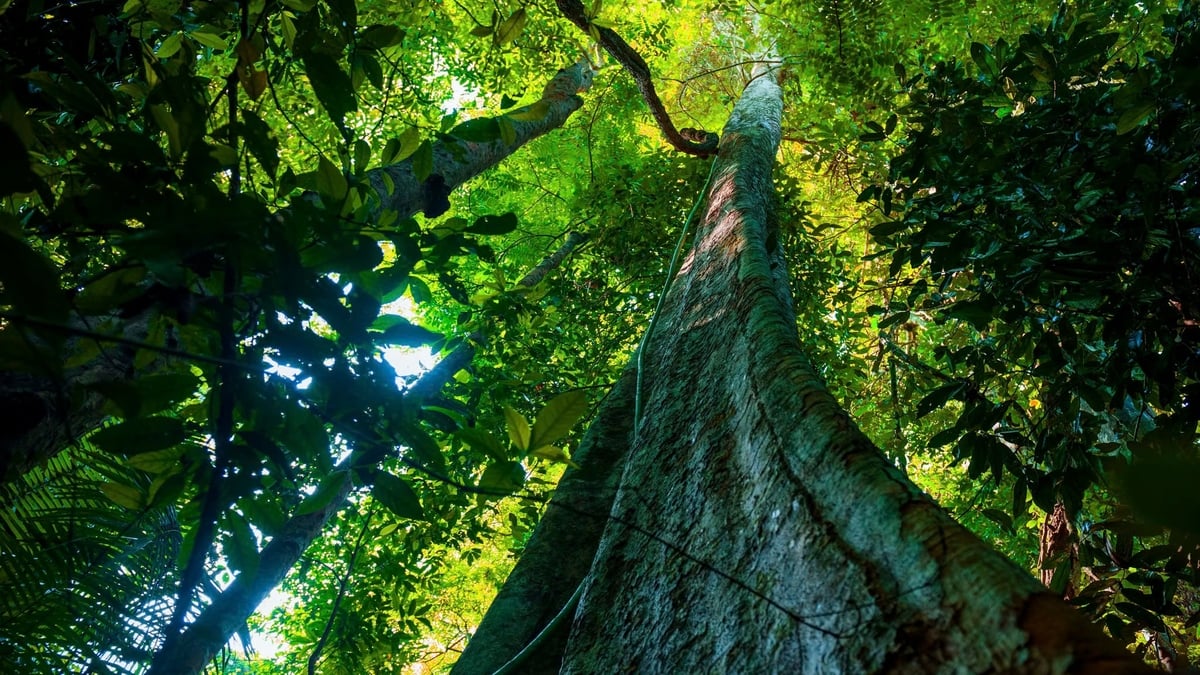
![[Photo] President Luong Cuong presents the 40-year Party membership badge to Chief of the Office of the President Le Khanh Hai](https://vphoto.vietnam.vn/thumb/1200x675/vietnam/resource/IMAGE/2025/5/19/a22bc55dd7bf4a2ab7e3958d32282c15)
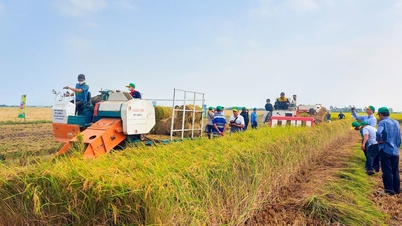

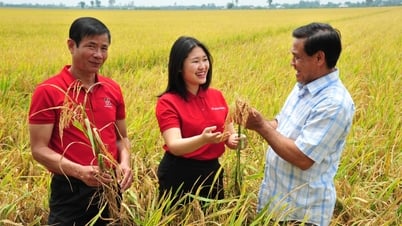

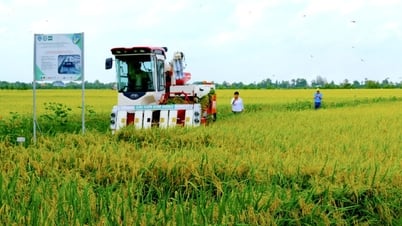
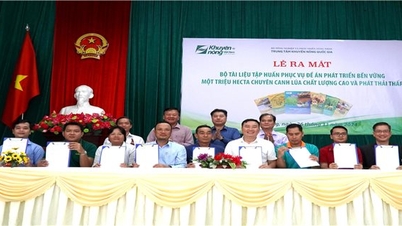




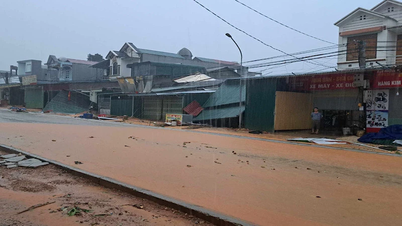

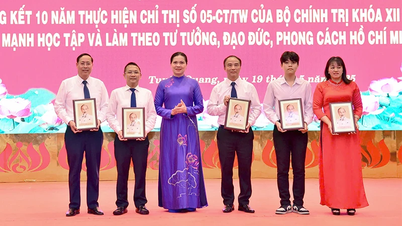
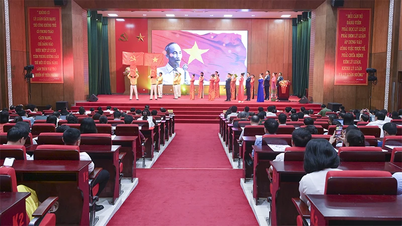
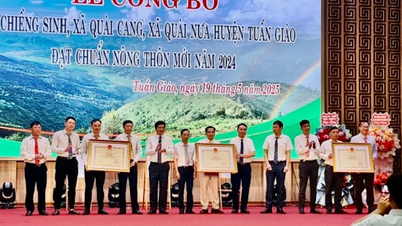
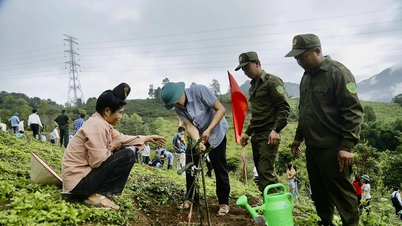
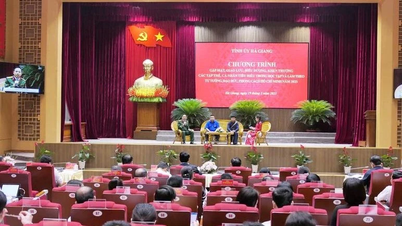




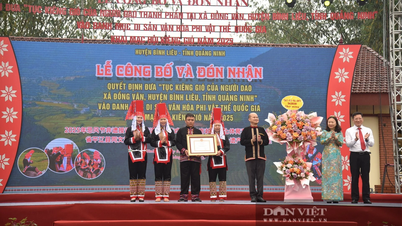
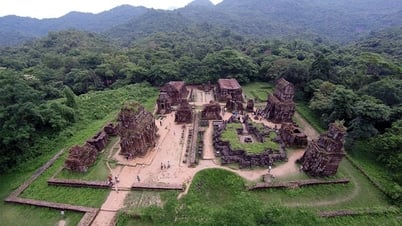
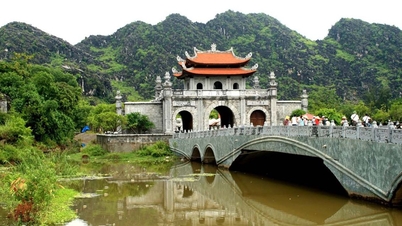

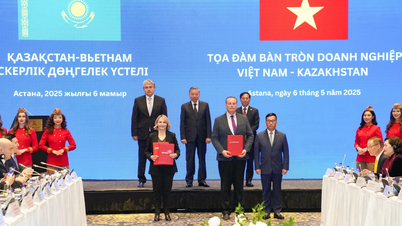

![[Photo] Prime Minister Pham Minh Chinh inspects the progress of the National Exhibition and Fair Center project](https://vphoto.vietnam.vn/thumb/1200x675/vietnam/resource/IMAGE/2025/5/19/35189ac8807140d897ad2b7d2583fbae)
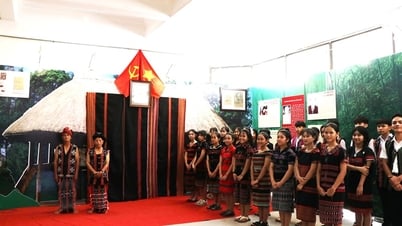

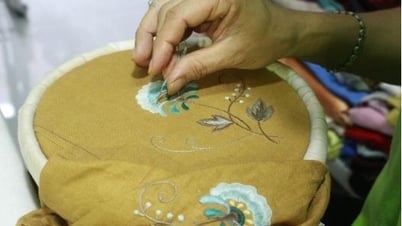

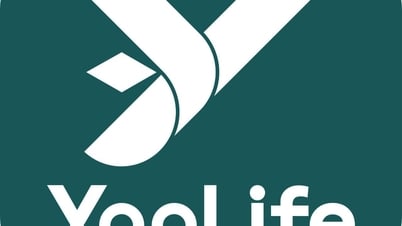



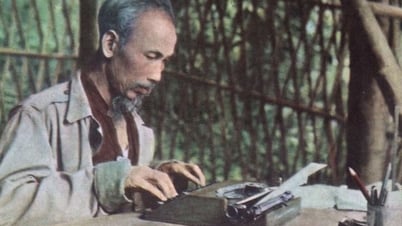
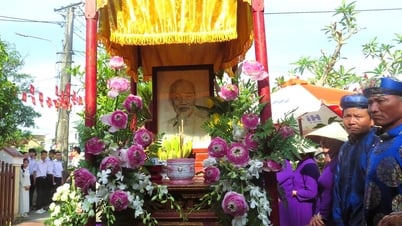


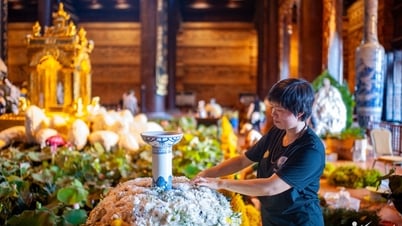
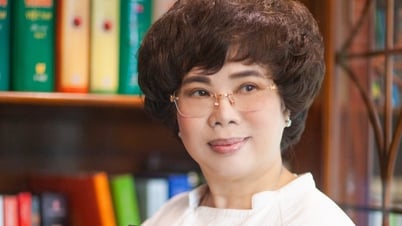





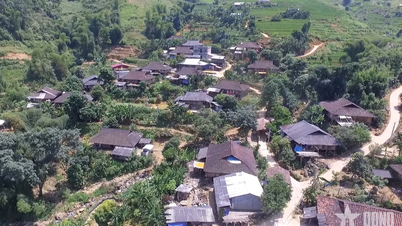

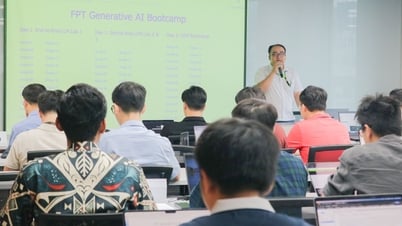
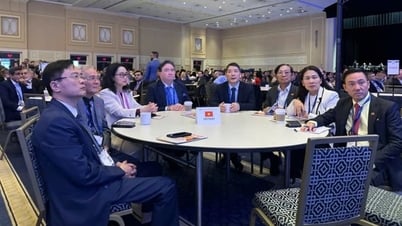
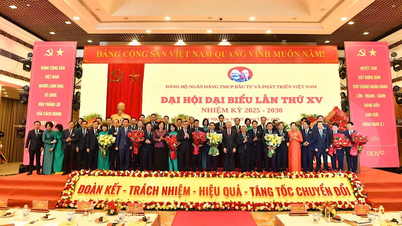



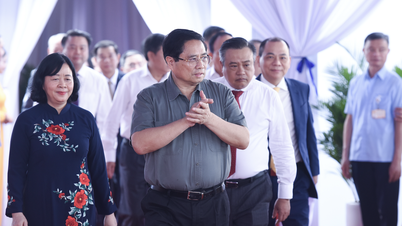
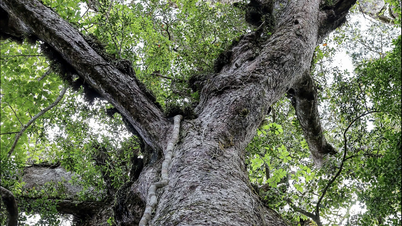

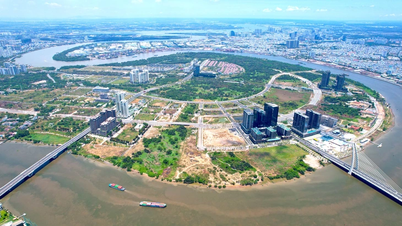

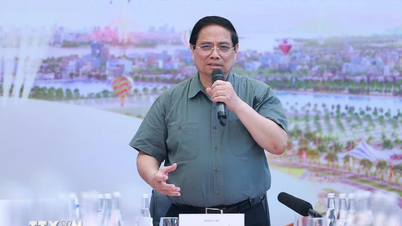
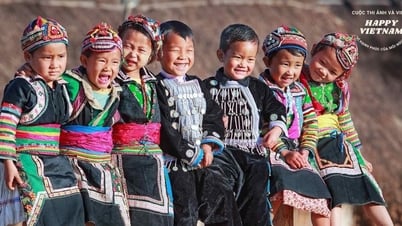
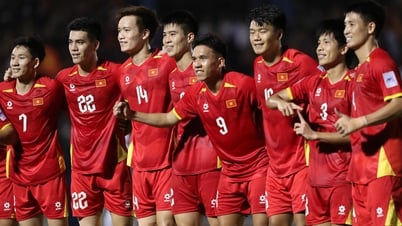


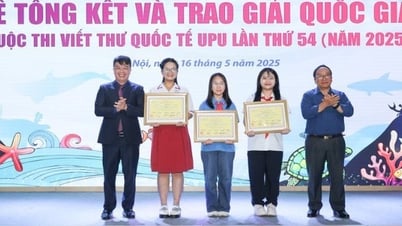

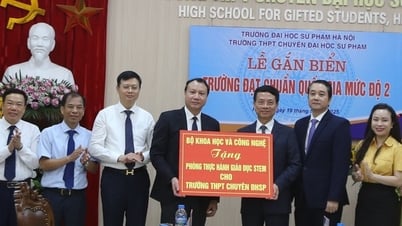



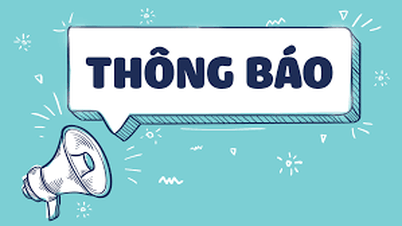



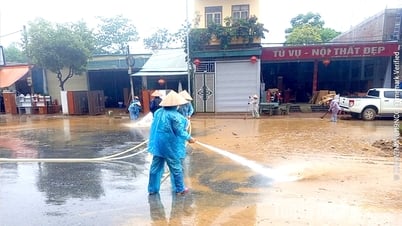

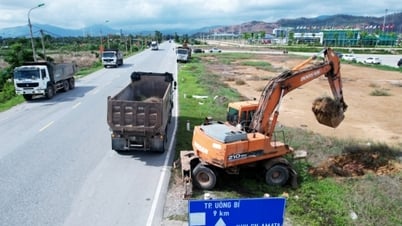

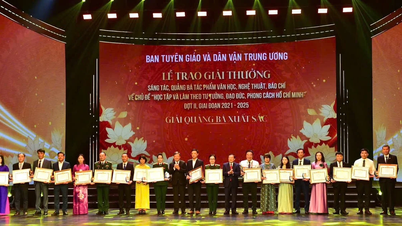

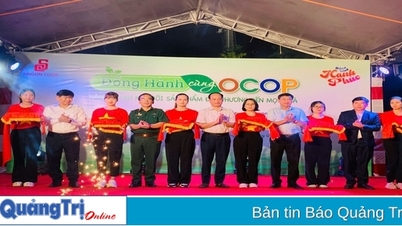

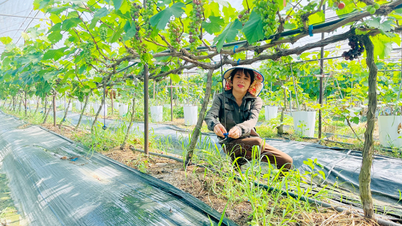



![[VIDEO] - Enhancing the value of Quang Nam OCOP products through trade connections](https://vphoto.vietnam.vn/thumb/402x226/vietnam/resource/IMAGE/2025/5/17/5be5b5fff1f14914986fad159097a677)
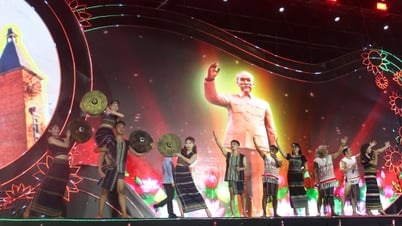

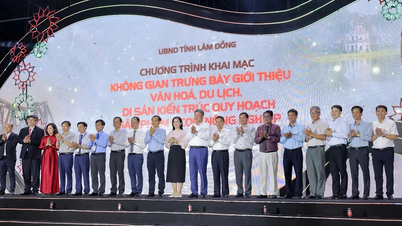
Comment (0)